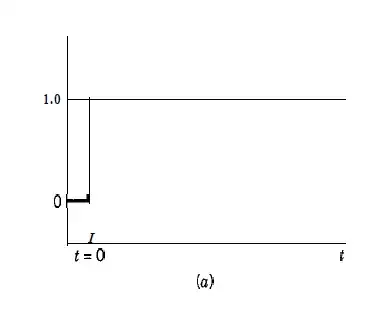I have seen other questions related to my question. I had this question when I was solving the laplace transform of unit impulse function in the book : Principles and practice of automatic process control. Now I understand how we used the formula so I'm okay with the calculation. But graphically, how is the area of a straight line extending to infinity equal to one ?! Thank you for your help
Asked
Active
Viewed 182 times
0
-
1Do you think that interpreting integral as "area under curve" is a good idea when the integrand is not a function to begin with? – Hagen von Eitzen Aug 18 '18 at 15:12
-
1The "area" is not one since we use distributions/generalised functions and not ordinary functions. But for some type of intuition, define $f_n = n/2$ on $[-1/n,1/n]$ and $0$ otherwise. Then $\lim_{n\to\infty} f_n(x) = 0$ if $x\neq 0$ and $\infty$ at $0$, yet $$ \lim_{n\to\infty} \int_{-\infty}^\infty f_n(x) dx = \lim_{n\to\infty} n/2 \cdot 2/n = 1. $$ – I was suspended for talking Aug 18 '18 at 15:14
-
I have edited my question – Aug 18 '18 at 15:23
-
See https://math.stackexchange.com/questions/1413689/dirac-delta-integral-with-delta-infty-cdot-e-infty/1413826 – David K Aug 18 '18 at 15:30

